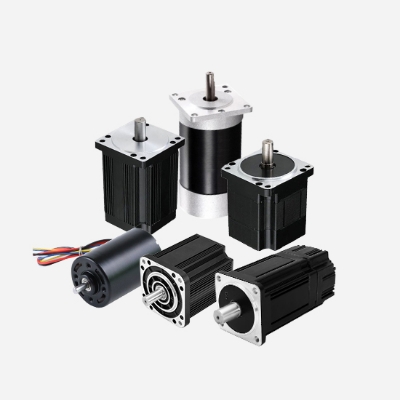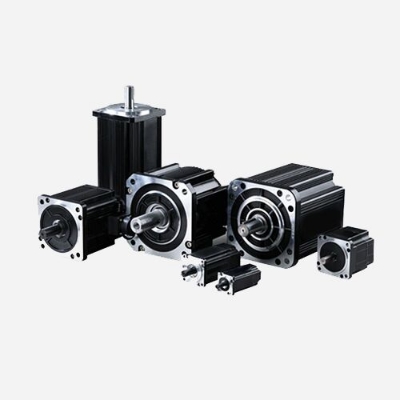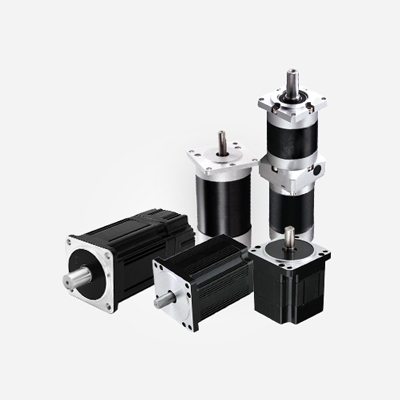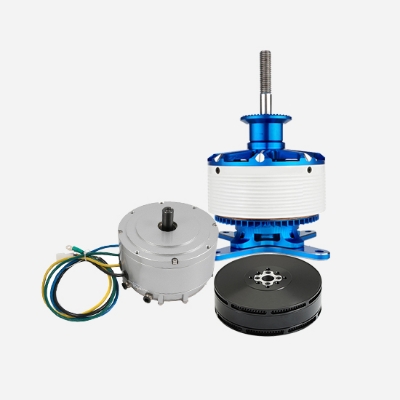A Brushless servo motor is small in size, light in weight, high in force, fast response, high speed, small inertia, smooth rotation, and stable torque. The control is complex and easy to realize intelligence, and its electronic phase change is flexible and can be sine wave phase change.
Buying a brushless motor is a very important decision. Inrunner brushless motor or outrunner brushless motor options may influence this decision. Do you know the differences between inrunner motor and outrunner motor brushless motors? Next, we will talk about the differences between them.
The brushless DC motor is a high-performance motor. It uses a permanent magnet rotor without excitation loss. The heated armature winding is mounted on the outer stator, which is easy to dissipate heat. A Stepper motor is an open-loop control element stepper motor that converts electrical pulse signals into angular displacement or linear displacement. In the case of non-overload, the speed and stop position of the motor only depend on the frequency and number of pulses of the pulse signal, and are not affected by load changes.
In the sensored brushless, the sensored refers to the "Hall sensor", so what is the "Hall"? Hall refers to the Hall effect. When the current passes through the conductor perpendicular to the external magnetic field, there will be a potential difference between the two end faces of the conductor perpendicular to the magnetic field and the current direction. This phenomenon is the Hall effect. This potential difference is also called the Hall potential difference. Simply put, through the Hall sensor, the brushless driver can clearly know the position of the rotor of the brushless motor.
Brushless DC motors take electronic commutation, the coil does not move, and the magnetic pole rotation. Brushless motor, is the use of a set of electronic equipment, through Hall elements, sensing the position of the magnetic poles of the permanent magnet, according to this perception, the use of electronic circuits, the timely switching of the direction of the current in the coil, to ensure the production of the correct direction of magnetic force to drive the motor. The disadvantages of brushed motors are eliminated.




